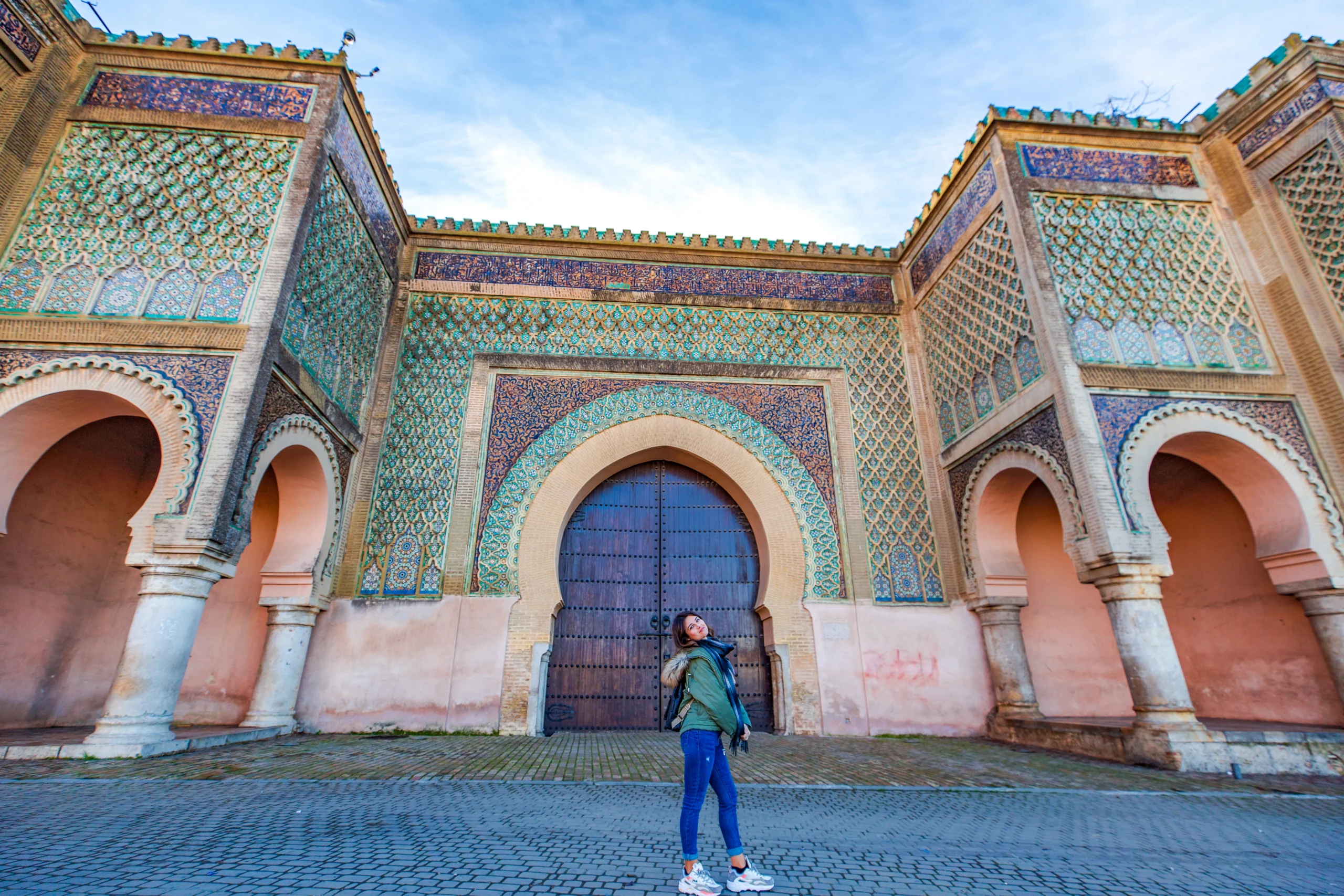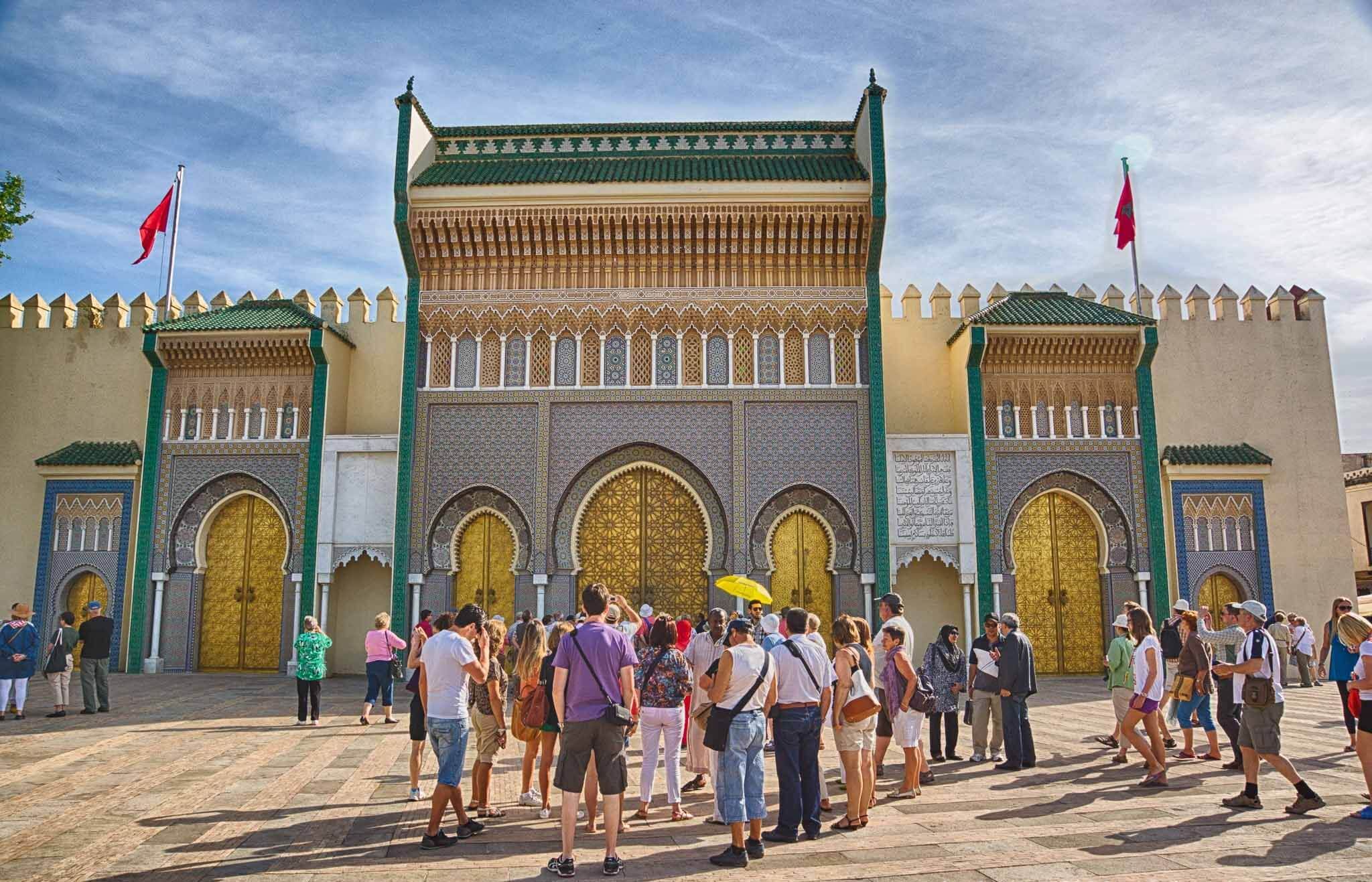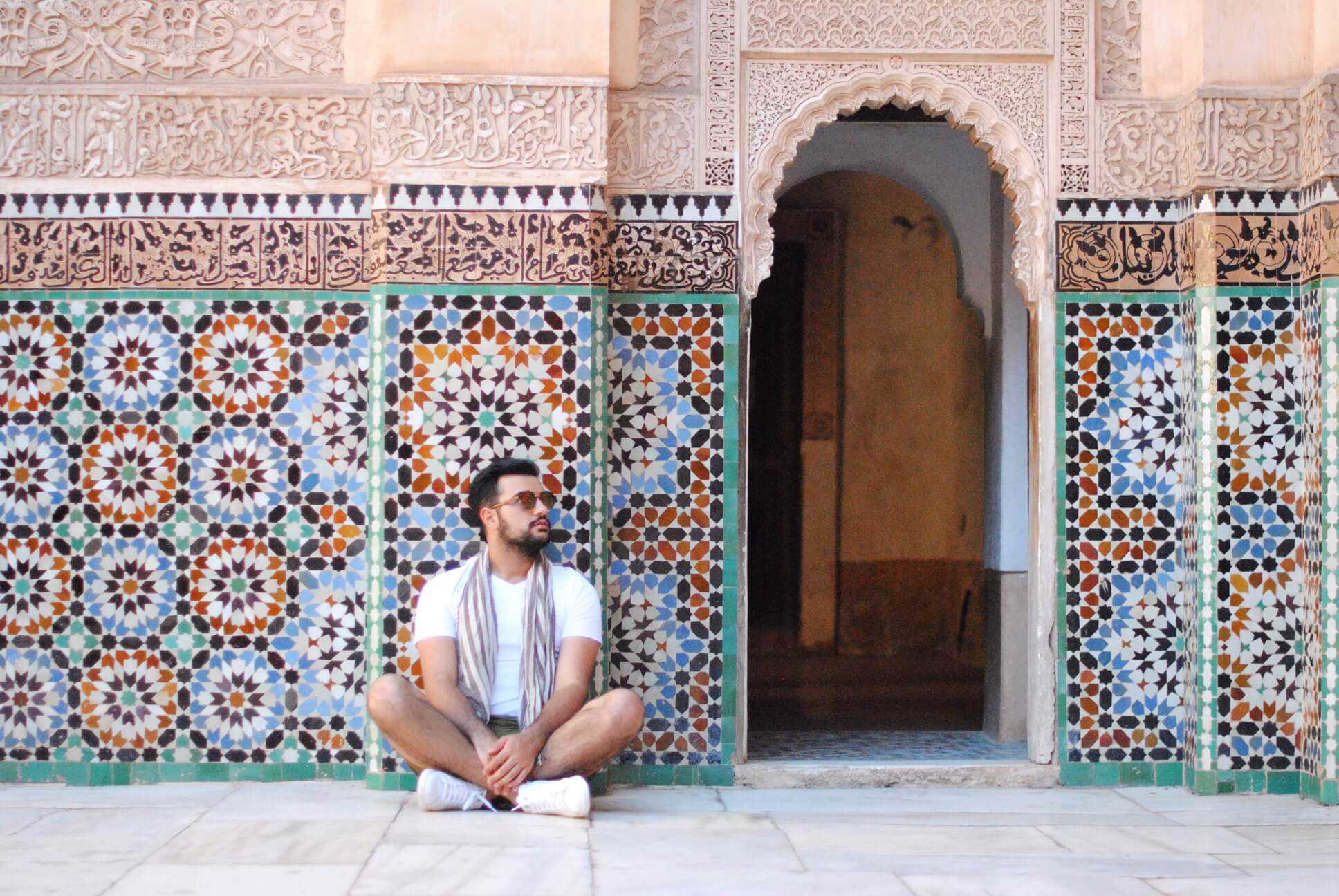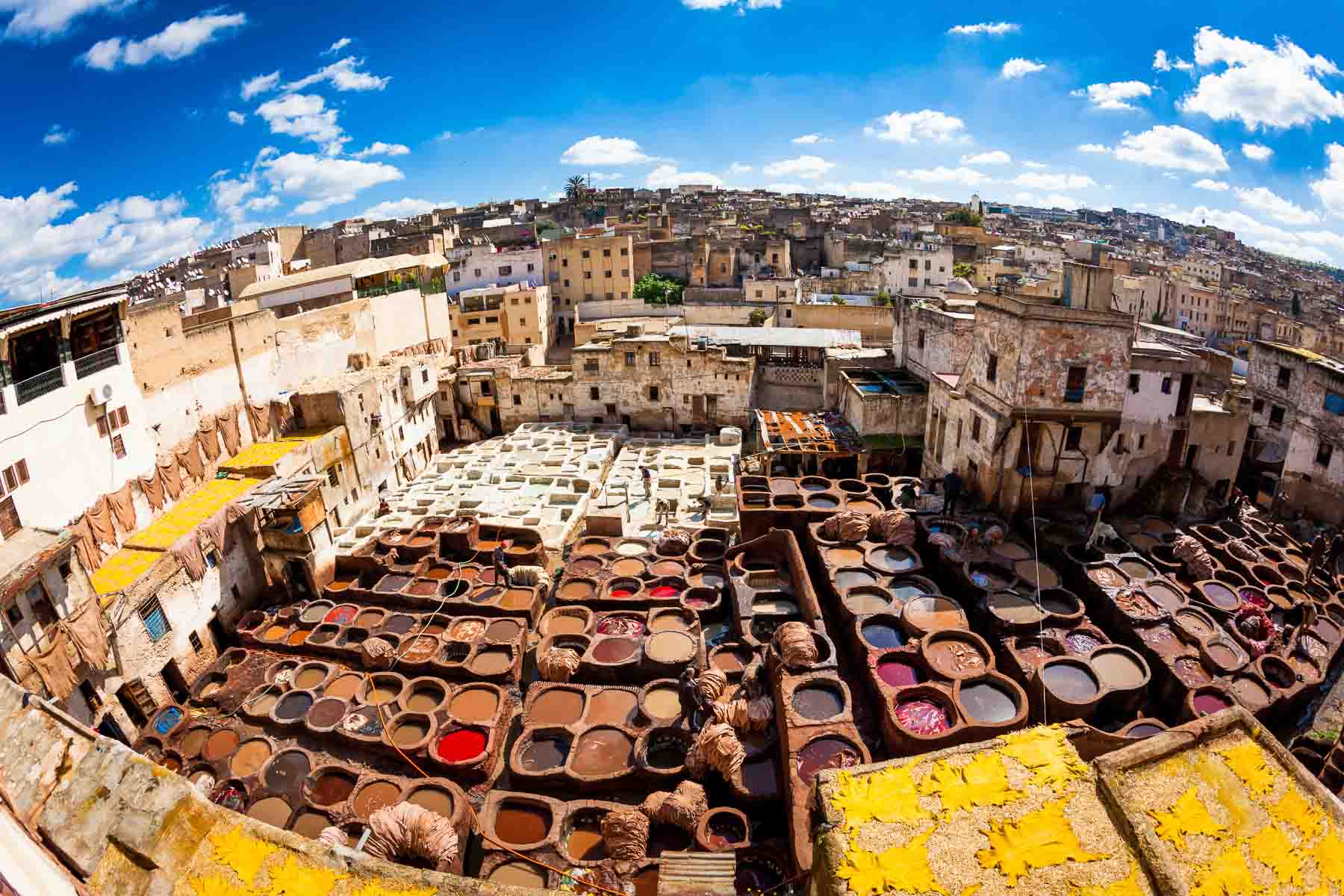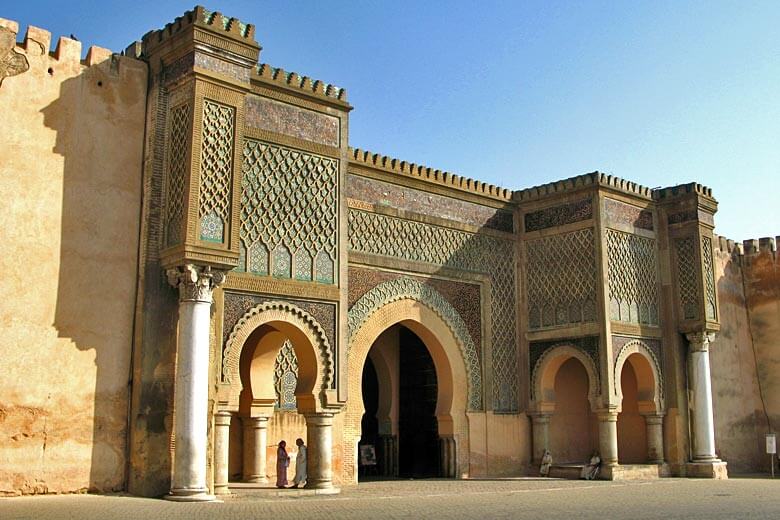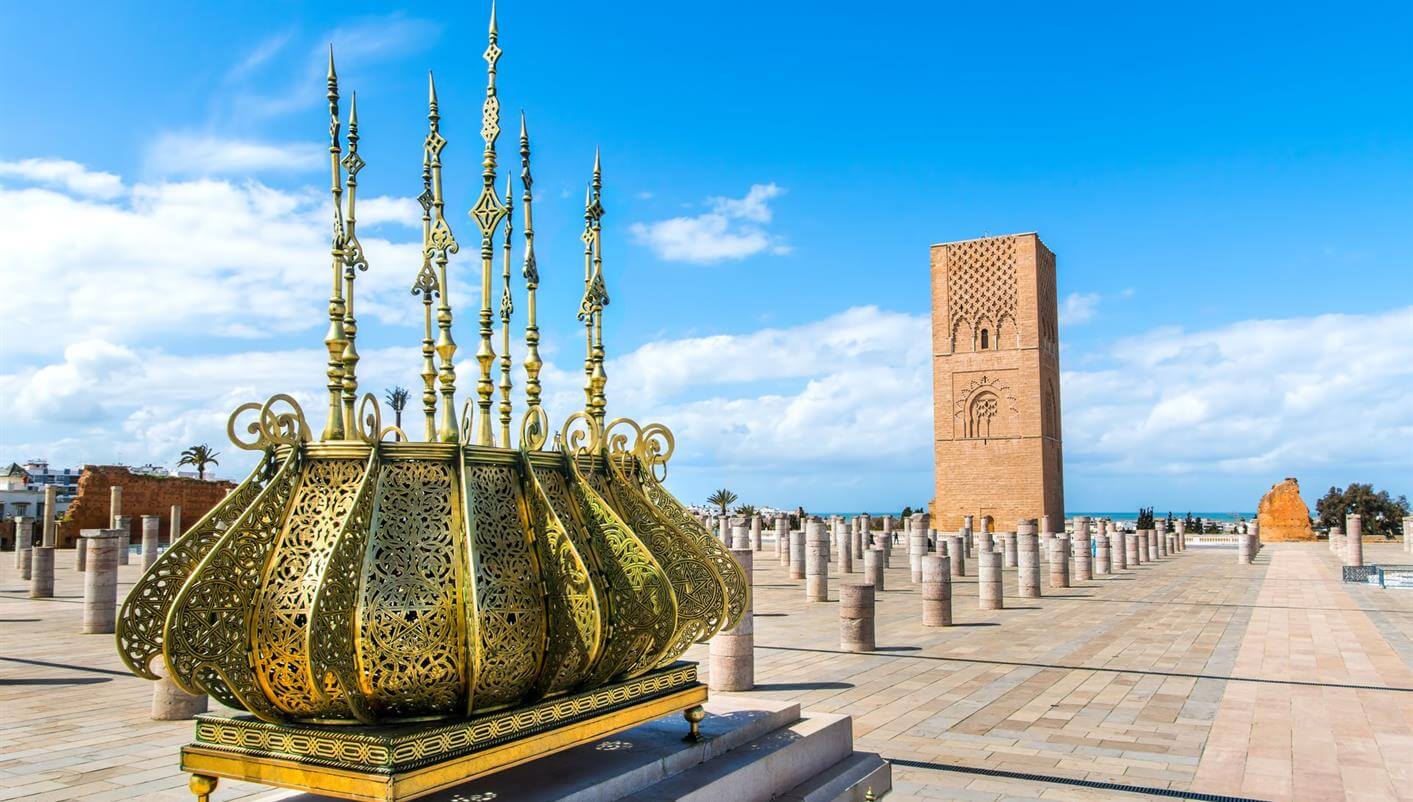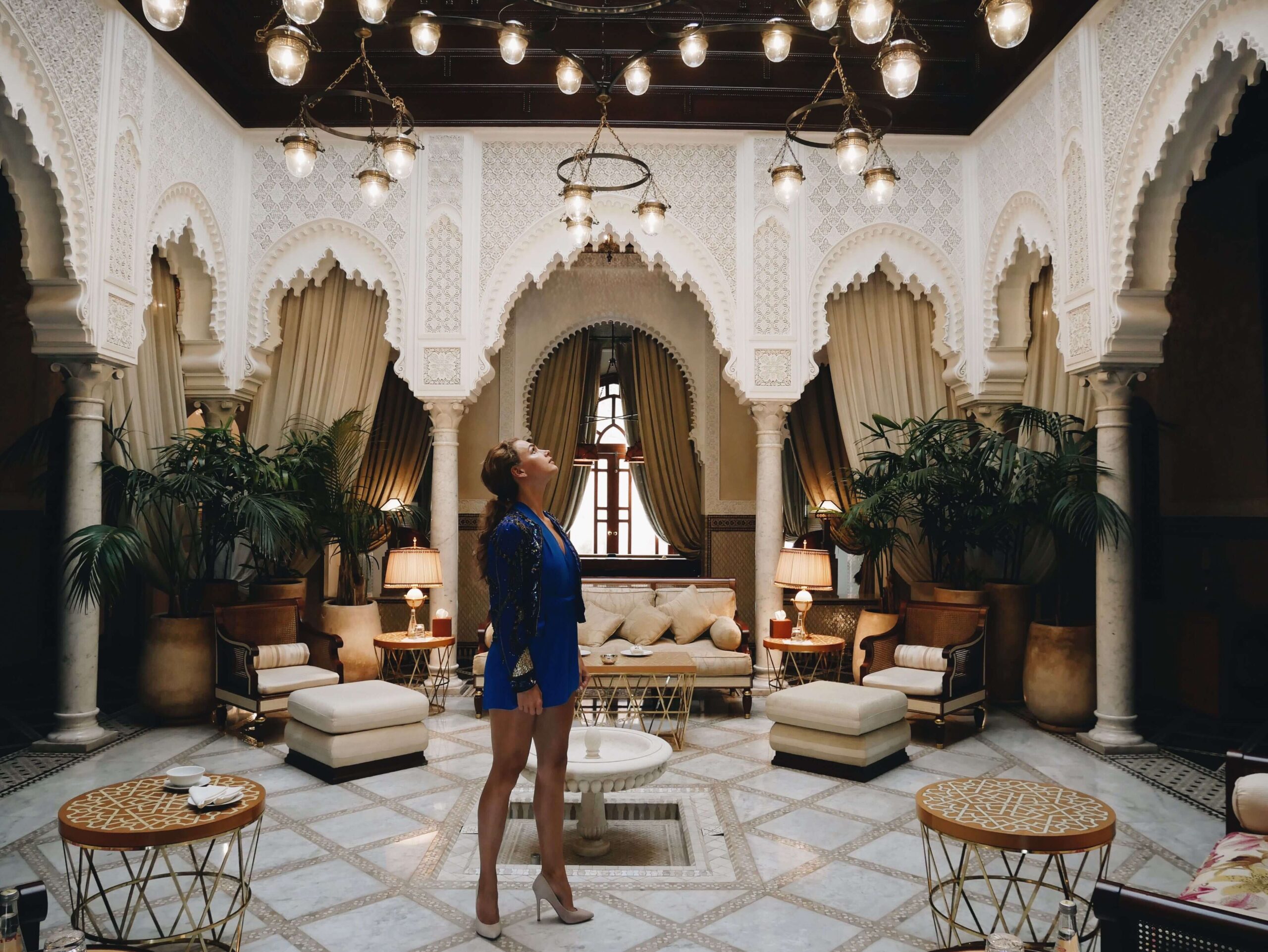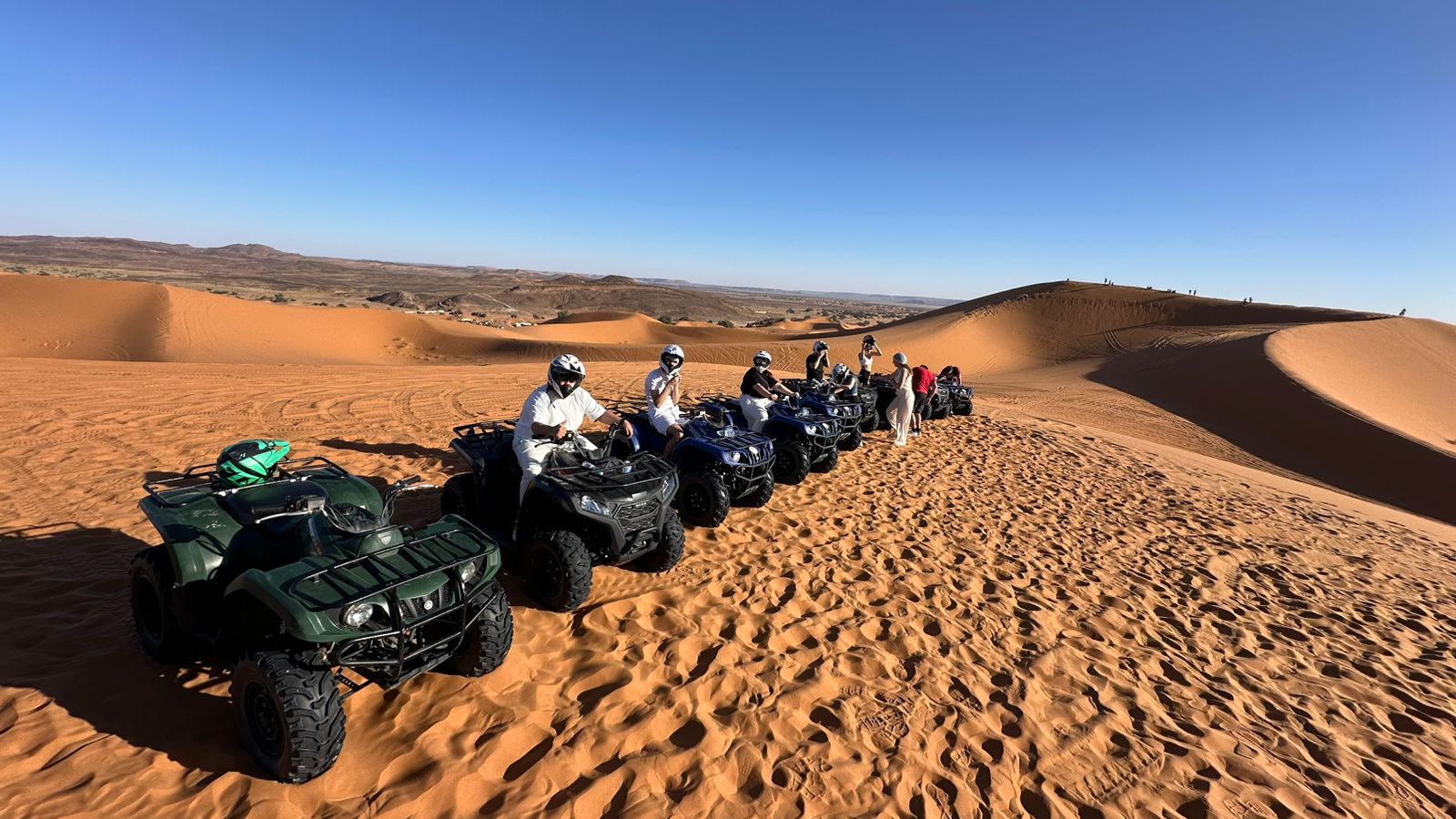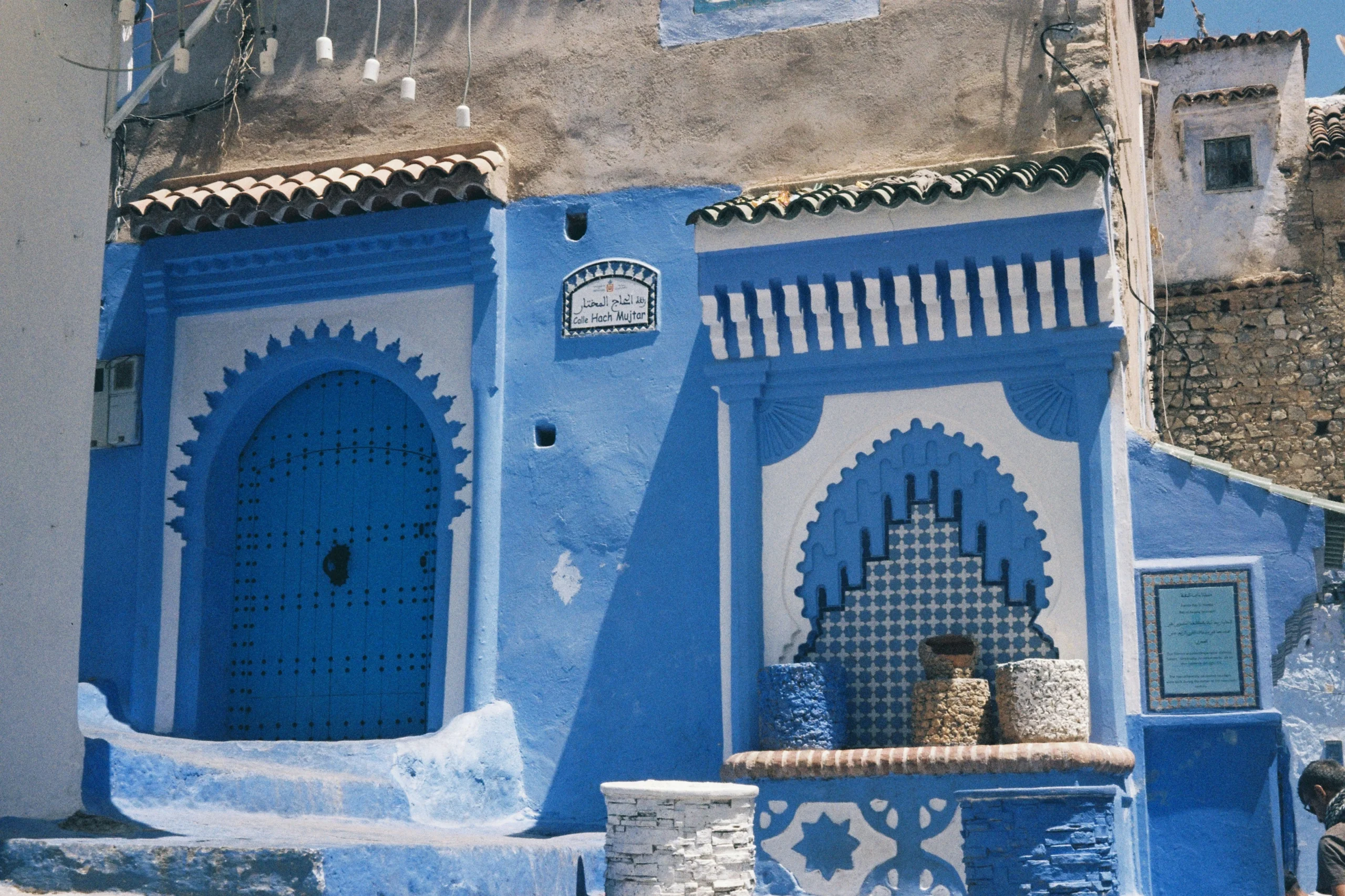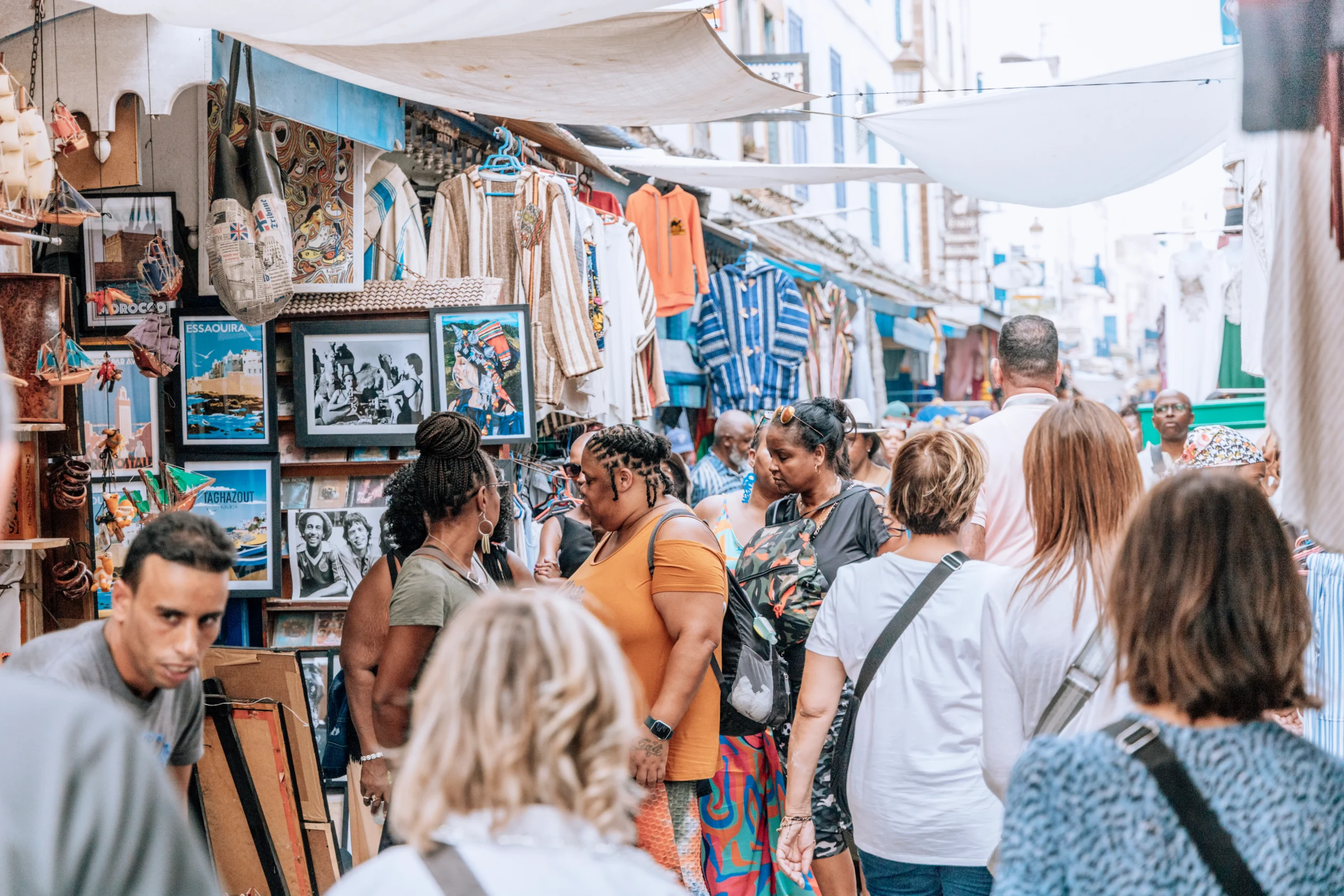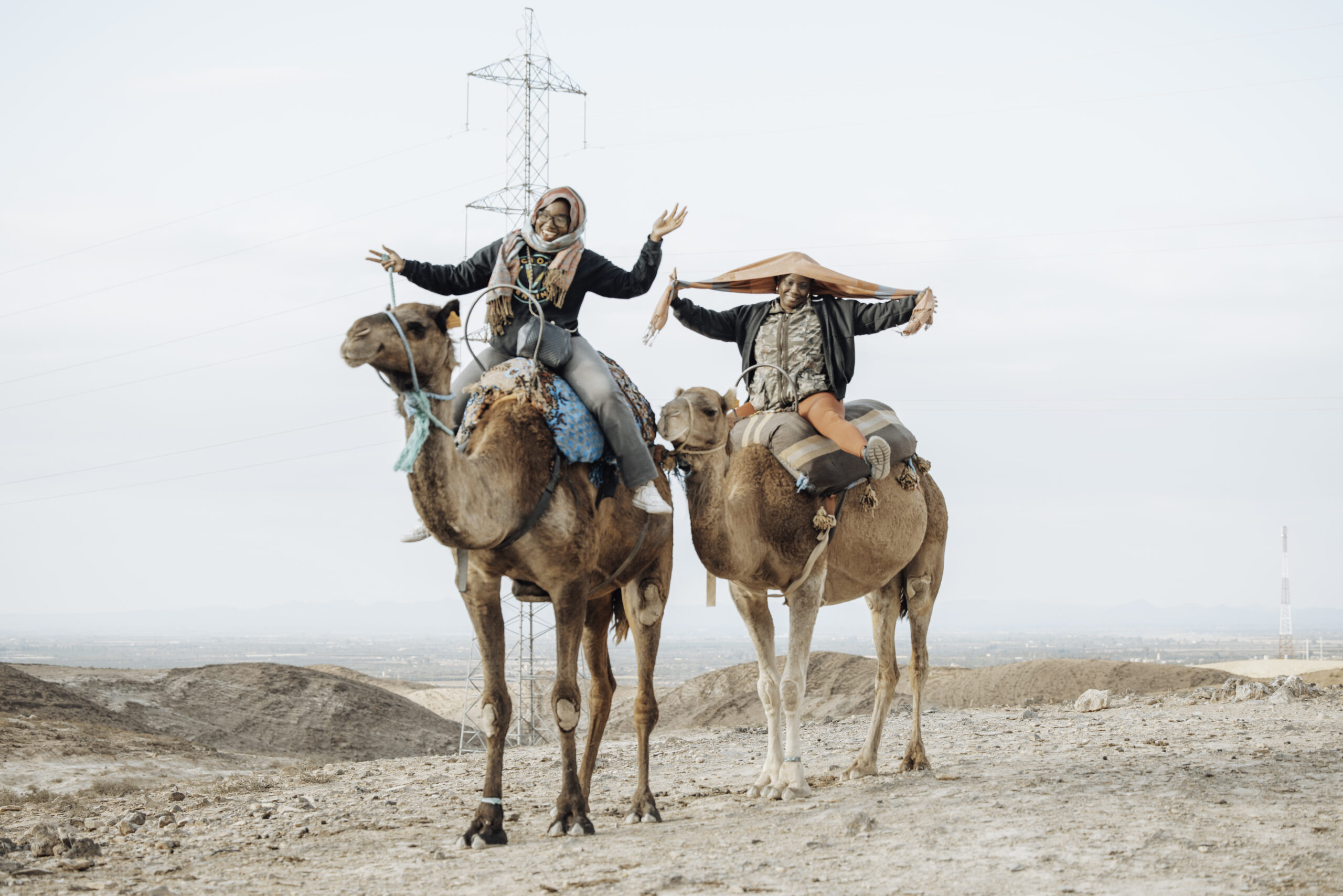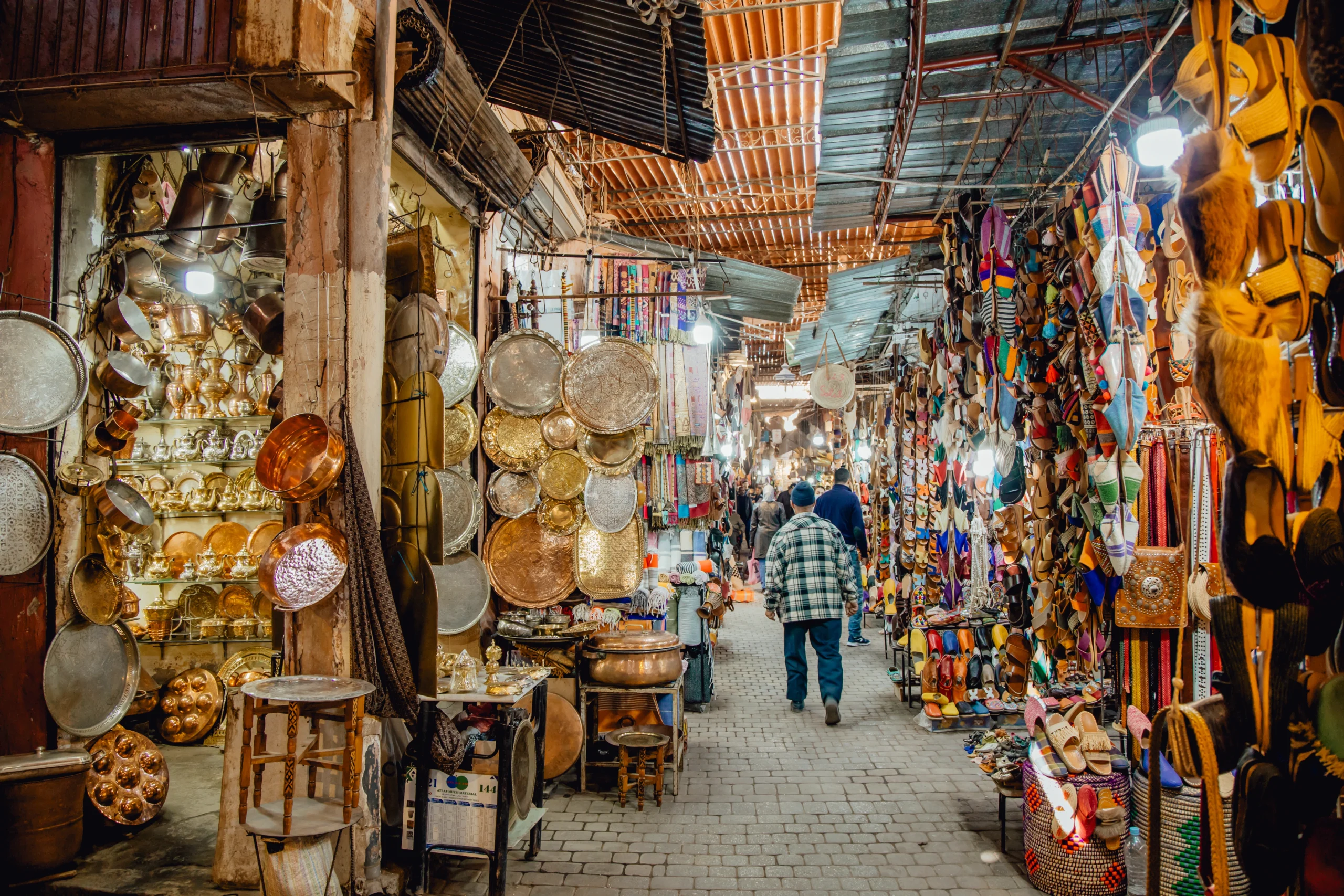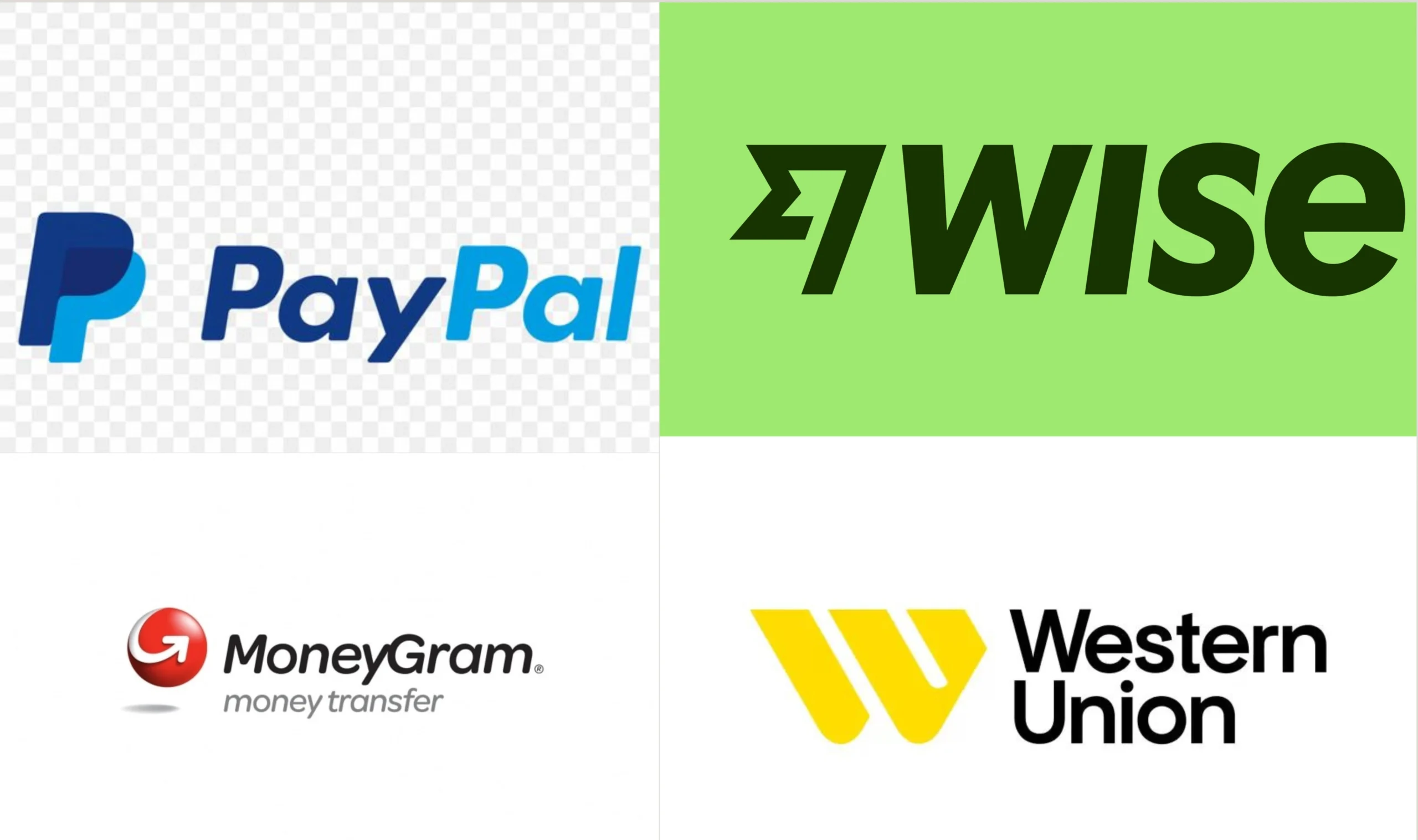From Medinas to Palaces: Exploring the Imperial Cities of Morocco
Morocco is an attractive North African nation with a rich history, a wide variety of cultures, and beautiful scenery. The four royal towns of Marrakech, Fez, Meknes, and Rabat constitute some of the country’s heritage sites. These cities are living monuments to the cultural and political significance Morocco has played throughout history.
Morocco has long been a popular destination for those in search of an exotic and culturally interesting vacation. The country is known for its bright colors, busy marketplaces, and lovely architecture. The several imperial cities around the country each have their own fascinating history to share and provide visitors with an experience they won’t soon forget.
In the following article titled : From Medinas to Palaces: Exploring the Imperial Cities of Morocco, we will guide you through these interesting imperial cities and explain the secrets they conceal.
From Medinas to Palaces: Exploring the Imperial Cities of Morocco
1) The Rich History of Morocco's Imperial Cities:
The imperial cities have been the centers of power for several dynasties over a period of many centuries. Berber, Arab, and Andalusian influences helped these towns thrive, and they are remembered today for their architectural marvels, bustling souks, and unique mingling of cultural traditions.
2) Marrakech: The Red City:
Marrakech, often known as the “Red City” because its abundance of rose-colored architecture, is a fascinating mix of antiquity and modernity. The major plaza, Djemaa El-Fna, is an experience in and of itself, what with its snake charmers, food vendors, and street entertainers. The medina of Marrakech is a UNESCO World Heritage site and a labyrinth of winding streets where you may find riads and souks tucked away in the corners.
3) Fez: The Spiritual and Intellectual Hub
Fez or Fes, one of the world’s oldest and best-preserved mediaeval towns, is the cultural and spiritual heart of Morocco. The Al-Attarine Madrasa is a beautiful representation of traditional Moroccan architecture, and the University of Al Quaraouiyine, established in 859 AD, is the world’s oldest continuously operational educational institution.
4) Meknes: The Versailles of Morocco:
Meknes, built by Sultan Moulay Ismail in the 17th century, is sometimes referred to as the “Versailles of Morocco” owing to its impressive architecture and expansive royal buildings. Meknes’s Bab Mansour gate represents the city’s illustrious past and creative prowess.
5) Rabat: The Capital City :
The modern capital of Morocco, Rabat, is a stunning example of how history and modernity can harmoniously coexist. It has both ancient monuments like the Hassan Tower and the Kasbah of the Udayas and more recent ones like the Mohammed VI Museum of Modern and Contemporary Art.
6) The Unique Architecture of the Imperial Cities :
The architecture of the imperial cities is unique, with its emphasis on tilework, stucco plaster, and geometric patterns. Magnificent mosques, palaces, and gardens showcase the wealth and creative prowess of Morocco.
7) Cultural Heritage and Traditions:
The people of Morocco practise their cultural traditions every day. Experiencing the local culture, from traditional music and dance to time-honored traditions and rituals, offers a fascinating glimpse into the heart of Morocco.
8) Cuisine and Culinary Delights:
The cuisine of Morocco is a delicious combination of flavours brought together by the country’s long and varied history of cultural exchange. A classic Moroccan tagine, made with spices, herbs, and dried fruits, is a must-try for every tourist in Morocco.
9) Shopping in the Souks:
You may find one-of-a-kind fabrics, pottery, jewellery, and more in the souks of Morocco’s royal towns. The pleasure of shopping in these lanes is enhanced by the culture of haggling and the chaotic atmosphere.
10) Festivals and Celebrations :
Every month of the year brings a new and exciting festival or event to Morocco. Some examples of the lively festivities held in the imperial cities are the Marrakech International Film Festival, the Fez Festival of World Sacred Music, and the Meknes International Olive Festival.
10) Accommodation and Hospitality:
The imperial cities provide a variety of accommodations to suit every traveller, from luxurious riads to cheap hostels. Visitors to Morocco should expect nothing less than genuine hospitality during their stay in a traditional riad.
10) Exploring the Surrounding Landscapes:
Morocco is home to stunning natural scenery outside its royal cities, from the golden sands of the Sahara to the snowy mountains of the Atlas Mountains. This diversified natural beauty may be seen by tourists on day trips and excursions from urban centres.
11) Safety and Travel Tips
Morocco is a kind and inviting country, but visitors should nevertheless respect local traditions. A hassle-free and pleasurable trip is ensured when standard safety measures are taken and cultural norms are respected.
The imperial cities of Morocco have a unique and unforgettable combination of history, culture, and hospitality. Discovering these towns, from their crowded medinas to their peaceful castles, is like visiting the past while living in the present. Get ready to stimulate your senses and nurture your spirit on an exciting journey.
FAQs: From Medinas to Palaces: Exploring the Imperial Cities of Morocco
Is Morocco safe for travelers?
Yes, Morocco is considered a safe destination for travelers. However, it’s always wise to exercise caution and be aware of your surroundings.
What is the best time to visit the imperial cities?
The best time to visit is during spring (March to May) or autumn (September to November) when the weather is pleasant.
Do I need a visa to visit Morocco?
It depends on your nationality. Check the visa requirements before planning your trip.
Can I explore the imperial cities on my own?
Yes, you can explore the cities independently, but hiring a local guide can enrich your experience.
What is the currency used in Morocco?
The currency used in Morocco is the Moroccan Dirham (MAD).

